DOG TRAINING OFFERED IN-PERSON AND ONLINEOur dog training services are delivered in almost any format that meets your needs. We have GROUP CLASSES at our indoor and outdoor facilities on our farm, ONLINE LIVE STREAMING classes, and SELF-PACED VIDEO-BASED training through our Online Dog Training Course. Our PRIVATE TRAININGS can be done in-home, outside, in public dog-friendly locations, at our facility on our farm, online via phone or video conferencing and through email. |
I’ve heard it many times. And I heard it again at one of my classes recently:
“My dog only comes when she wants to. How do I get her to come EVERY time?”
While this particular client was referring to coming when called, I’ve heard the same comment for just about anything: coming, sitting, staying. . . The dog only responds when there is a treat available, only in certain locations, or only when the temperature is above 50 but not over 75 degrees. Ok, maybe not that last one, but you get the idea! The issue of come is a problem area for many dog owners and I spend a lot of time on it in classes and private training. It is also a key part of my online training module and is covered quite extensively in my book, Juvenile Delinquent Dogs: The Complete Guide to Saving Your Sanity and Successfully Living With Your Adolescent Dog.
The way the comment is phrased, it places the blame on the dog. She “knows” this but she chooses to do it only when she feels like it. How do we resolve this issue?
The first step in resolving this issue is looking at it honestly. I could say the same about Romeo when he has chased after a fleeing rabbit and did not respond to me. But is it fair to put the blame on him? I don’t think so. This is not the dog’s issue, this is the trainer’s issue. If my dog is only responding some of the time, then I need to look at what I have missed in my training. It’s my fault that he’s not responding reliably. I have more work to do.
It’s always easier to blame the other party, but in this case, we need to turn the mirror on ourselves. The first step is making sure my dog truly understands what I am asking. Don’t be too quick to jump to the conclusion that your dog does understand. . . in this context. I’ve said it before and I will say it again. Dogs tend to be very contextual. Ask yourself if you have practiced to fluency in this context. Not yet? Then you have more training to do!
Once you are certain your dog understands what you want, you can’t forget the second part of the equation. Understanding is needed, but so is motivation! What is in it for your dog? Take Romeo for example. Let’s say he truly understands what come means when he’s in the field and off leash. Why should he come to me instead of chase the bunny? I have to admit, chasing the bunny is one of the most valuable things in the world for him. What do I offer him? I need to make sure that I have provided enough value with my training that he chooses to forego the alternative choice in favor of me. How to do that is a whole other discussion!
Does he understand what you want? Are you providing enough value for your dog to do it? These are not always easy, but they are necessary. If your dog is not responding in the way you want, don’t blame your dog. Your training is not yet complete. If you need help, give me a call!
Our goal is to positively impact the lives of as many dogs and their families as we can, in part through our extensive library of video, infographics and text articles. |

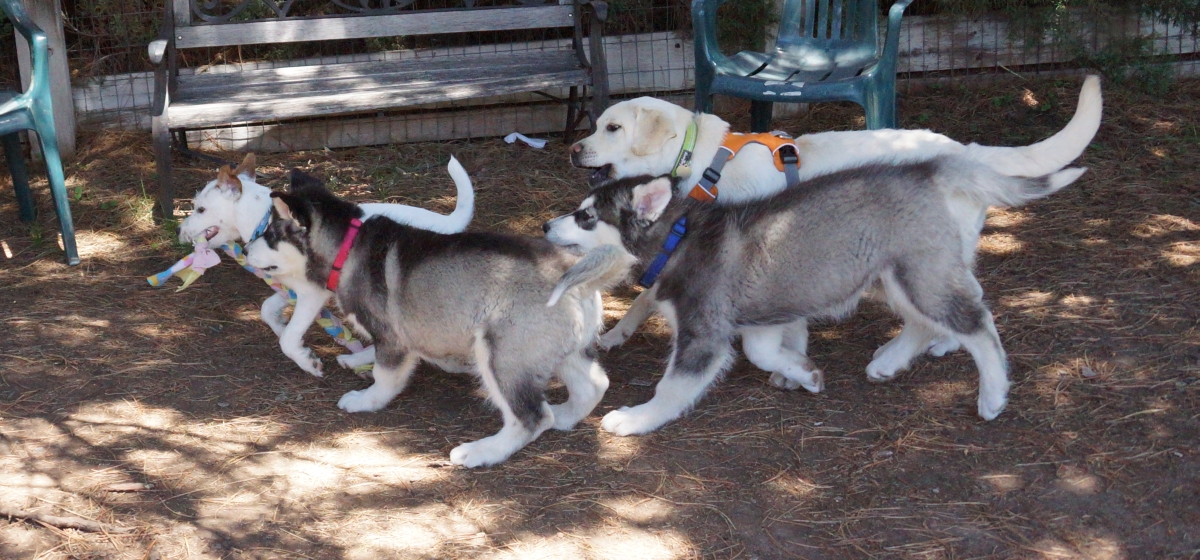
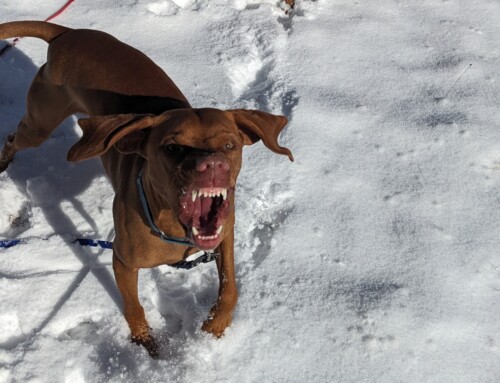
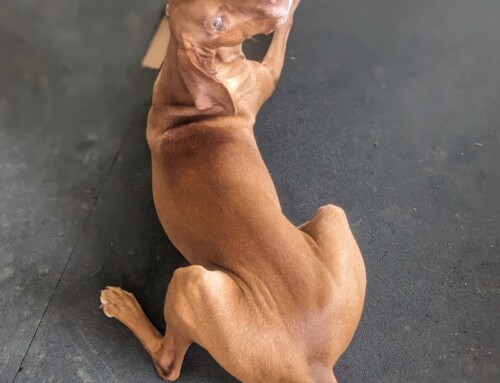

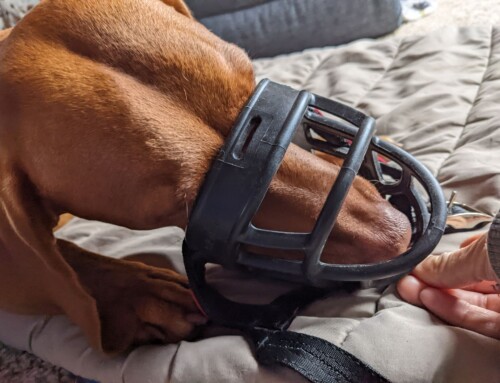

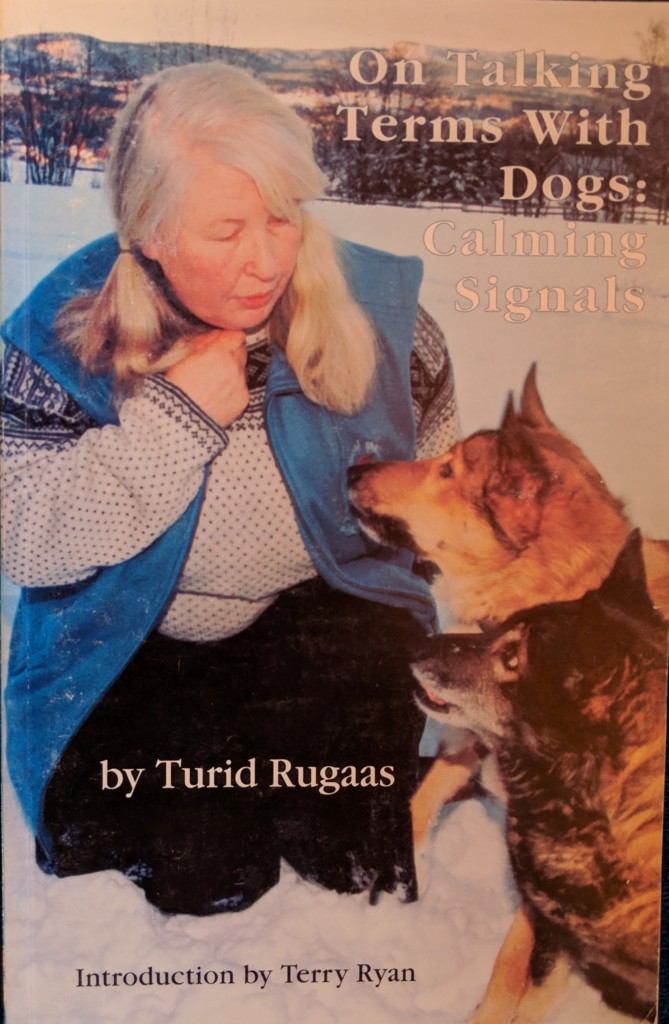
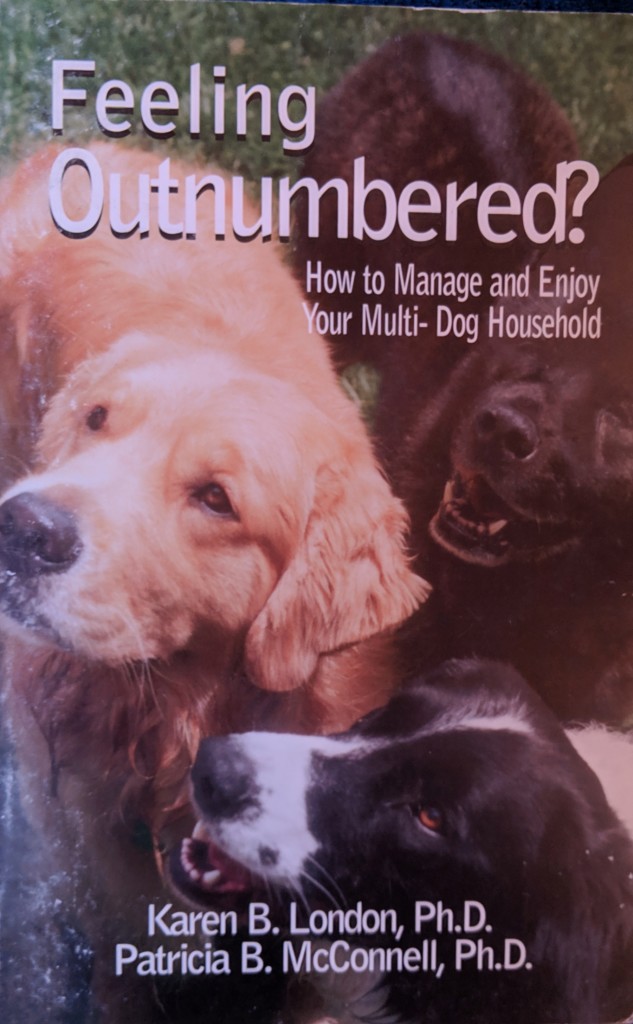
Leave A Comment